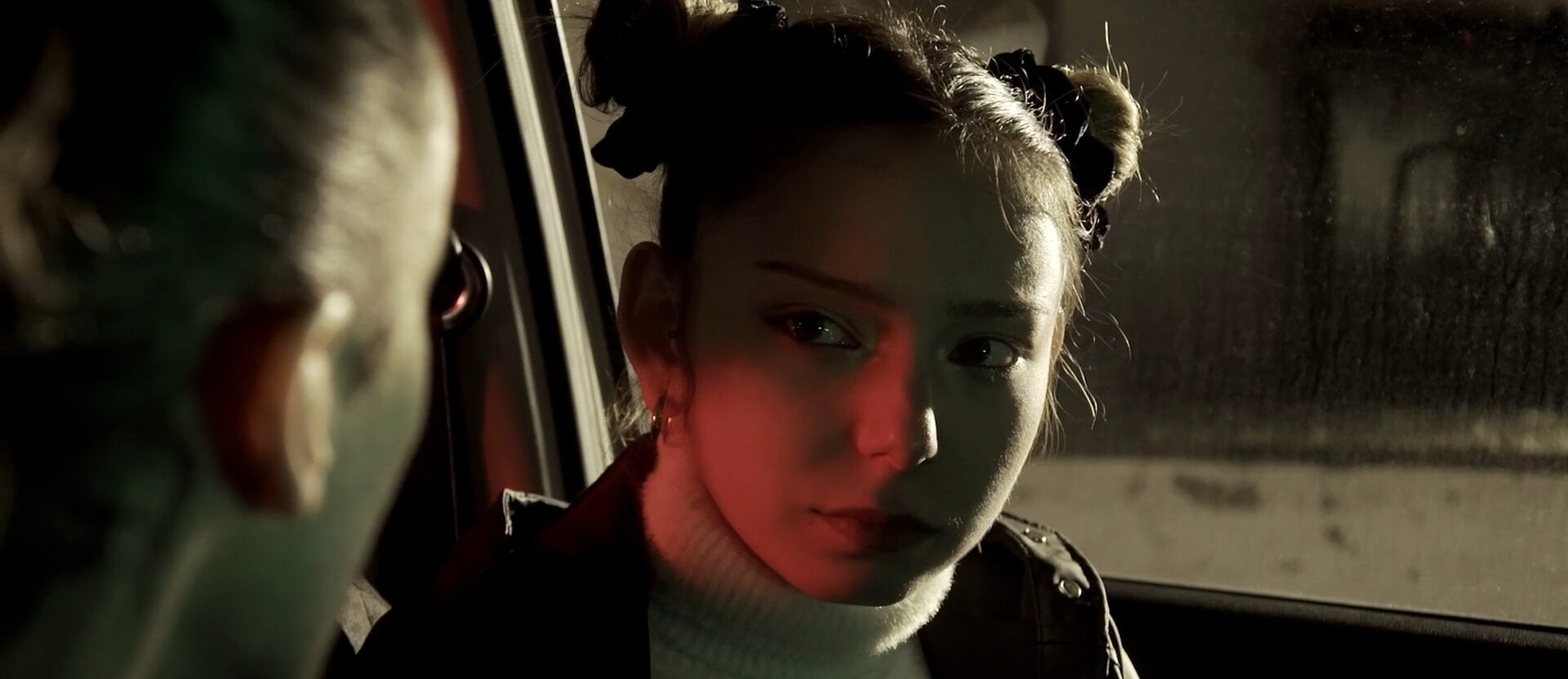I want to share with you five key differences between acting for the stage and acting for the screen that nobody really talks about.
Number one: no rehearsals! When we work on stage, it’s normal to have at least a few weeks of rehearsals before the show opens. During that time, we get to work with the director and other actors to get really deep into the material, to craft an interesting character and to create a great performance.
On camera, that doesn’t happen. Nobody rehearses before production starts. If you’re lucky, you get a teeny tiny rehearsal of the scene you’re doing right before they shoot it, so all the rest of the work you have to do yourself.
Number two: no directors! Of course there is a director, but directors on camera are not usually concerned with your acting. Most of the time, they just work on the the shots and the visual storytelling. Very often they don’t even know how acting works, so you can’t expect them to be there for you to talk about motivations and all the rest. They will expect you to know what you’re doing and, if they don’t like something, they might tell you.
Number three: the audience does not experience your performance. On stage, what you do is exactly the show that the audience experiences (which is why it’s so important to learn how to cover when things go wrong!). On camera, that is not the case. The editor gets all the footage of all the bits of performances repeated over and over and over and puts them together with the director.
So it’s extremely important to know how that process works, so that you can give to the editor good material that they can edit and put together to create the performance in post production. It’s a very very different process!
Number four: the audience moves! On stage, the audience is always in the same place. On camera, that’s not the case. The camera is your audience so, every shot, the audience is in a different place and you need to adjust slightly. You need to know how to cheat for camera in an effective way, so that the audience can see you in the best possible way. It’s the same thing you do on the stage (cheating for the audience) but you need to adjust it every single time. So you need to know what kind of shot they’re doing, how tight it is, what kind of camera movement are they doing, how far or close is the actual camera and, even if it’s far away, how tight is the shot. All these things matter a lot if you want to give a great screen performance!
Number five: the audience is a lot closer! When you’re on stage, the closest member of the audience is at least 5 metres away. On camera, the audience is a lot closer. A midshot feels like the characters are standing just one or two metres away, while a closeup gives the illusion that they’re so close you could kiss them! On stage, you never get that close, so you need to know how to adjust your performance to this much more intimate type of relationship with the audience.
I know it’s lot to take in so if you are interested I’m doing a workshop on the 25th and 26th of November in London called Carrying the Story. The theme is: how to make sure you can craft an interesting and cohesive journey for your character without a rehearsal, without a director and by shooting all the scenes out of order.
See you soon!

